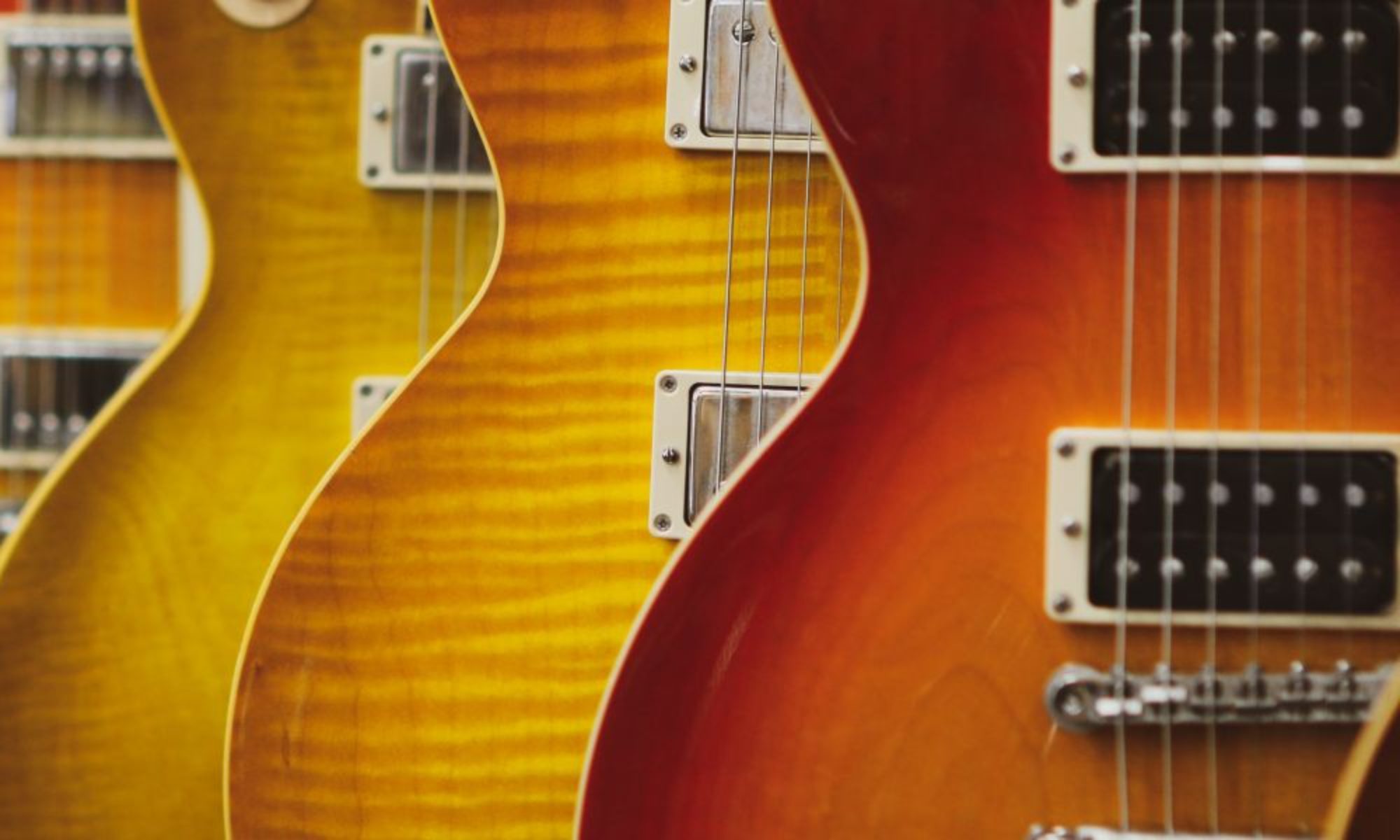So you got a new guitar, played it solidly for the last few months non stop but recently you noticed the strings have lost their pop, the tone sounds dead and just generally it doesn’t play as well as it used to. AT THIS POINT ITS ALWAYS TEMPTING TO BUY A NEW GUITAR. If you have the capital, go for it. Nothing better than a new guitar, however for those on more of a budget I recommend freshening up the strings first.
For this, I like to make sure I have a few tools ready before I get started. I always have fresh strings ready to go, a cloth to clean the fretboard whilst the strings are off, a string winder to help rapidly detune (and subsequently retune the guitar) and a pair of wire cutters to help tidy up the strings once you have been finished.

To start with check your tuning pegs, and start to detune your guitar. I always start with the bottom E string (the fattest string) and using the string winder quickly get to the point where there is plenty of give in the string. Once you are in a position where you can pull the string clear of the top tuning peg, do so and discard it safely. One thing to be aware of here is that the wire can be quite sharp at the end of the wire, so do try not to cut yourself.
I then work my way up the strings, taking them off one by one, de tuning the strings and disposing of the old strings.
Once the strings are all removed I take the time to give the neck a clean. People do. It often realise how sweaty their hands and fingers can get when playing guitar (although those that have played gigs know how fast things get hot under the lights!). If it’s been some time, there may be obvious sweat patches on the feet board. If so, use a damp cloth, or piece of kitchen towel and gentley remove these stains.
Pro tip-keep a cloth in your guitar case and give your guitar a quick wipe down once you have finished playing to remove a lot of this sweat. Your guitar will thank you in the long term!
Ok, so we have the strings off-now what? Time to get the fresh ones on. Again I start with the bottom E string (I use Earnie ball slinky’s so a 42 gauge). Once out of its paper wrapper I insert the string into the guitar, along the fretboard, making sure it sits in the neck properly and then slip it into the tuning key.
A key mistake people make here is assuming the string needs to be tight straight away but that just isn’t the case. The more give you have in the string the better, you can see in the image below that I ensure there is a good bit of give I the string before i start to tighten the strings.

One thing to do when the string is fed into the tuning peg is to wrap the string around the tuning peg. This will act as a buffer to stop the string from slipping whilst you are tightening the strings. When you make this initial bend in the string, be sure you have bent it in the direction you will tune the guitar. Otherwise it will wrap back on itself and be inneffectual.
When tightening the string, it’s also worth adding additional stress like in the photo below. This will keep the string nice and tight around the top of the tuning peg, and further stop the string from slipping.

So you are all done, but now you need to play the strings in. New strings sound great, have a good amount of pop to them and produce a great tone, however, they are prone to slipping. A semi tone/half a tone or even a full tone. Don’t worry, this is completely normal. They will slip at first, but after 5/10 minutes of playing you should be good to go. It’s worth bearing this in mind if you are chasing your strings before a gig, or before recording anything.
Hopefully this helps, if not ask a question below and I’ll try to answer it.

